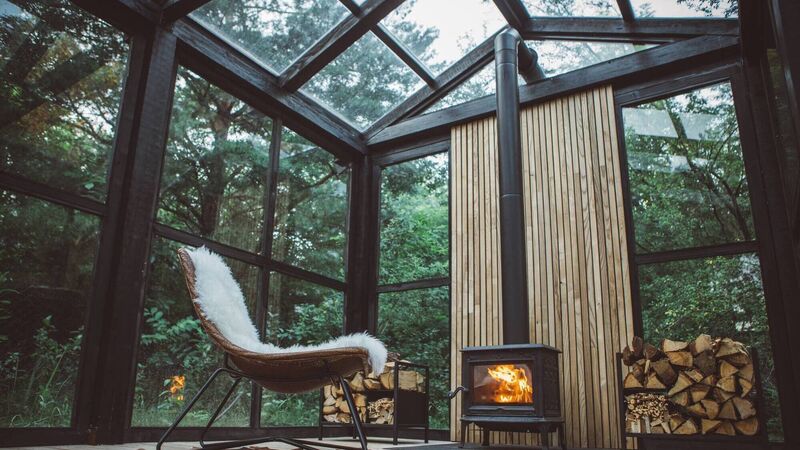Jennifer Sheahan: All you need to know about installing a garden shed

You can use a shed for almost anything but you need planning if you want to use it to live in or for keeping animals, so if you’re planning to use it as an extra bedroom or to store your livestock, then you need to apply for planning permission. File pictures
I want a shed. Got a garden? Want a shed? This is for you. As someone who has a two-by-two square metre postage stamp of a back garden, this is not something that I have done in my own home, but I have just been through the process with a family member.
Here is everything you need to know.













